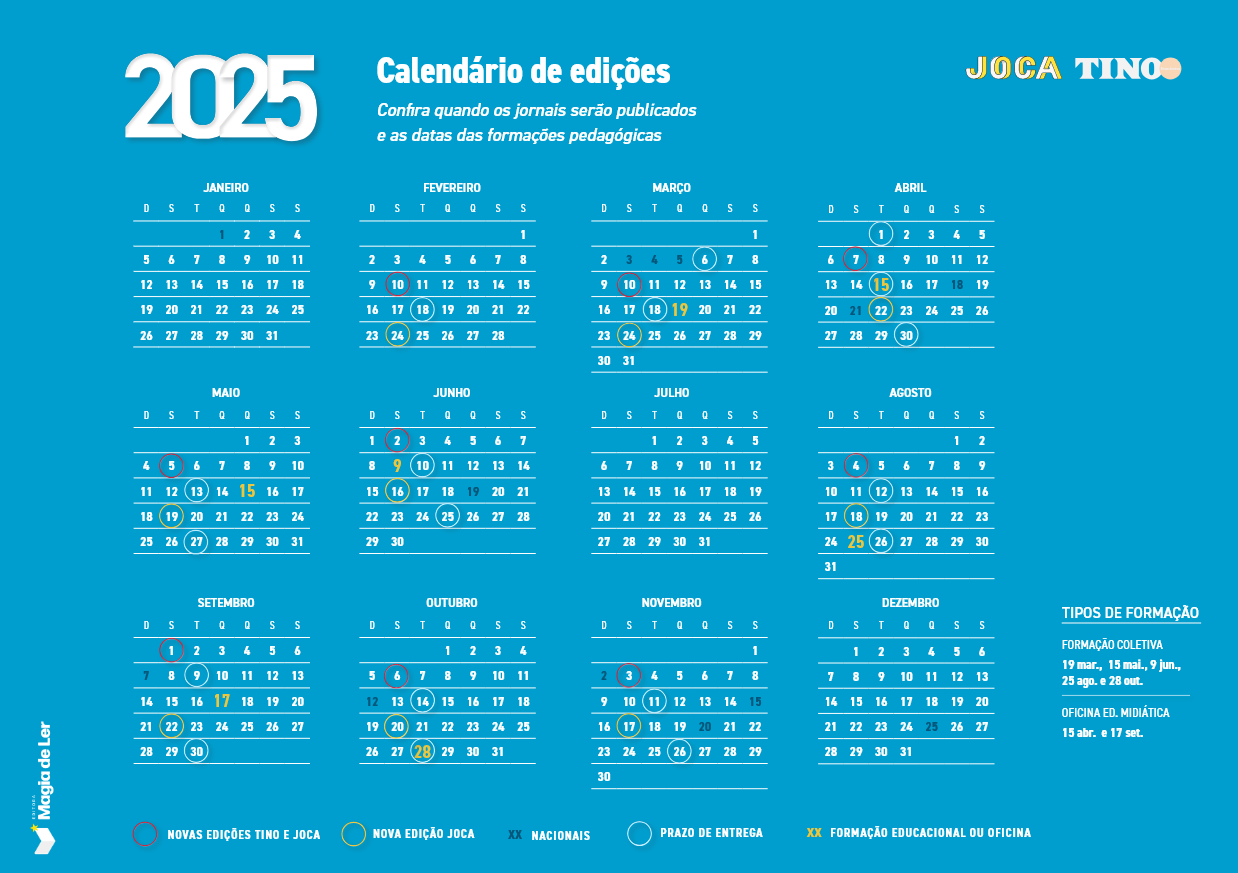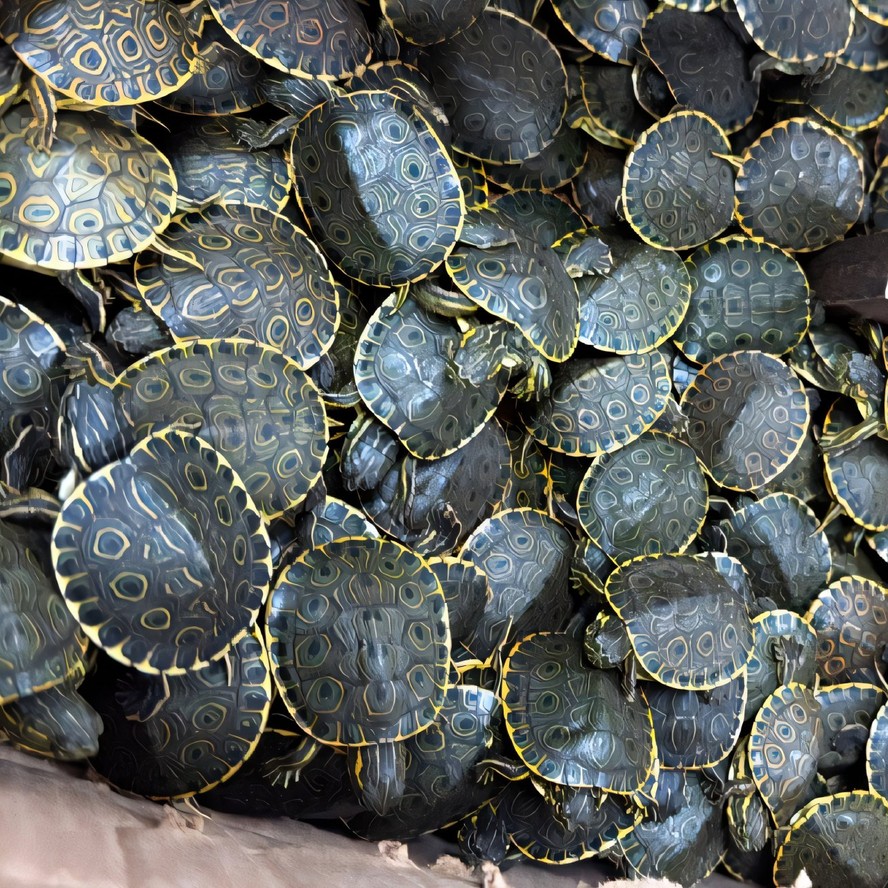In English
4 de abril de 2018
The Last Male Northern White Rhinoceros
Sudan, the last male representative of the northern white rhinoceros subspecies, died on March 19th at the age of 45. It was living in the Ol Pejeta park in Kenya and had a serious infection on one of its left paws. Veterinarians decided to put it down because it was very weak. Now, only two
Sudan, the last male representative of the northern white rhinoceros subspecies, died on March 19th at the age of 45. It was living in the Ol Pejeta park in Kenya and had a serious infection on one of its left paws. Veterinarians decided to put it down because it was very weak. Now, only two females of the same subspecies remain: 27-year-old Najin and 17-year-old Fatu- Sudan’s daughter and granddaughter respectively.
The white rhino have two subspecies: a northern one that is more rare and a southern one that is more plentiful. To prevent the Sudan subspecies from disappearing, scientists are trying to raise nine million dollars to generate offspring through a laboratory procedure (artificial fertilization). They have collected Sudan’s sperm and plan to join them with female eggs to create an embryo, the first development phase of a living being. The embryo would be implanted in a female southern white rhinoceros since Najin and Fatu cannot be impregnated.
There is no date yet for this procedure to occur, but it will be significant. In 1970, there were 20,000 rhinos in Kenya. Today, there are only 650, and almost all are black rhinos.
QUESTIONS – level 2
1. Why was Sudan’s death important?
a. It was the last representative of the northern white rhino subspecies.
b. The white rhinoceros is the smallest of the five rhino species.
c. It was put down for no reason.
d. Sudan was the last male northern white rhinos, and without it, the subspecies could end.
2. What is our role in the conservation of flora and fauna? What can we do?













Você precisa fazer o login para publicar um comentário.